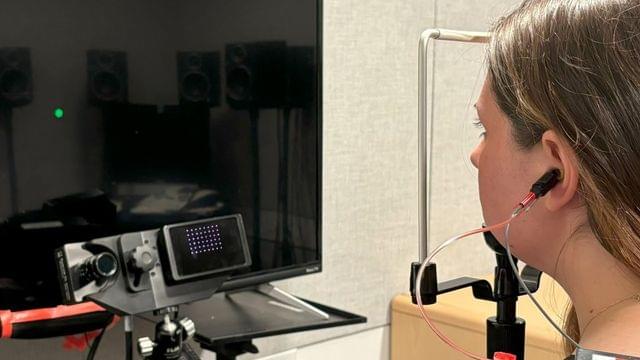In 2018, Groh’s team discovered that the ears make a subtle, imperceptible noise when the eyes move. In a new report appearing the week of November 20 in the journal Proceedings of the National Academy of Sciences, the Duke team now shows that these sounds can reveal where your eyes are looking.
It also works the other way around. Just by knowing where someone is looking, Groh and her team were able to predict what the waveform of the subtle ear sound would look like.
These sounds, Groh believes, may be caused when eye movements stimulate the brain to contract either middle ear muscles, which typically help dampen loud sounds, or the hair cells that help amplify quiet sounds.








